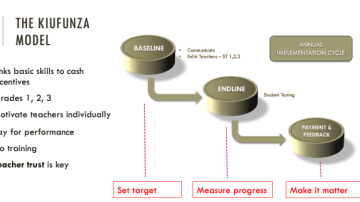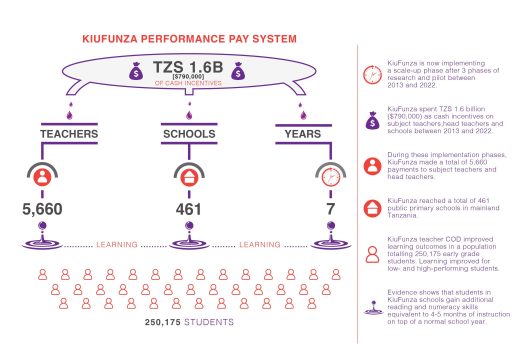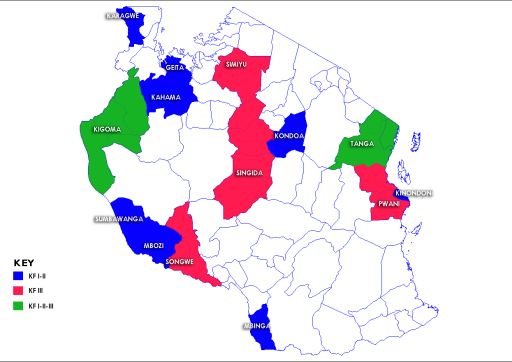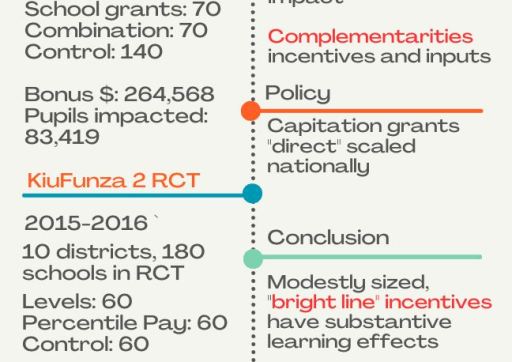I have really been working hard to get a big bonus, and in working hard I have found myself helping children learn.
WE PAY FOR RESULTS, LITERACY, LEARNING,
Bukuru Mbirizi
Teacher, Songambele Primary School, Kigoma
WHAT IS KIUFUNZA?
KiuFunza is a program that provides small cash incentives to public school teachers in Tanzania conditional on the learning outcomes of students in their class. The program goal is to improve foundational reading and numeracy skills in grades 1, 2 and 3, by providing inspiration and focus to the teaching staff.
HOW DOES IT WORK?
We follow a simple three step model: (1) bonus offer communication, (2) students assessments to determine rewards, (3) pay teachers based on assessments, and provide feedback. Click to learn more about how KiuFunza is implemented in practice.
OUR IMPACT: LESSONS FROM RANDOMIZED EVALUATIONS
The KiuFunza teacher incentive program has been the subject of three rigorous impact evaluations, implemented by researchers affiliated with the Abdul Latif Jameel Poverty Action Lab (J-PAL)










